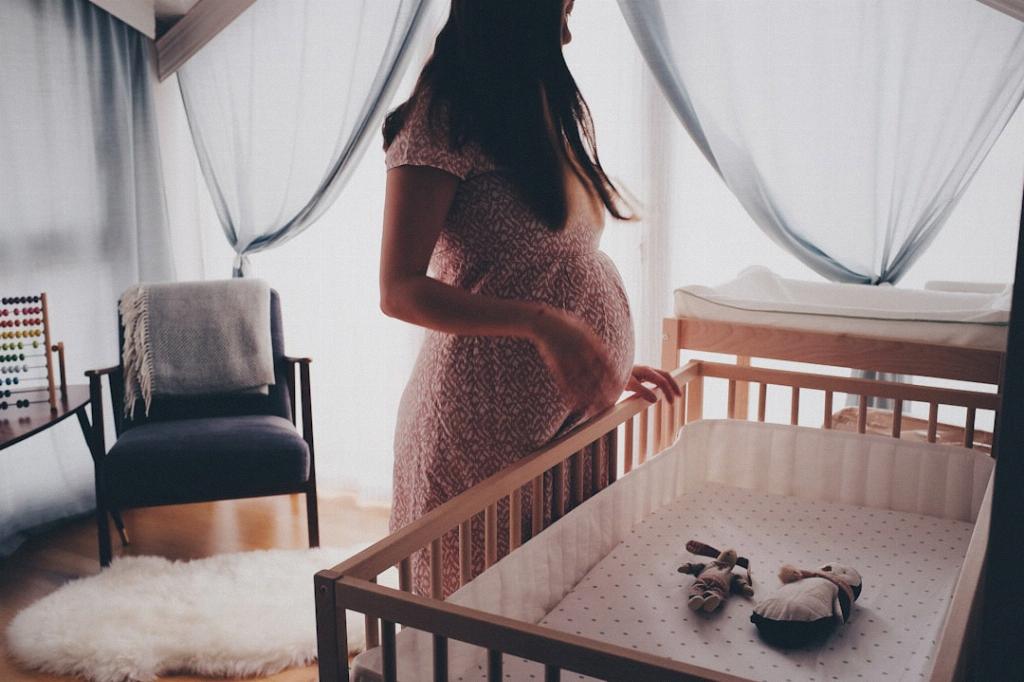During pregnancy, most mothers-to-be experience a significant event towards the end of the third trimester known as “baby dropping” or “lightening.” This is when your baby’s head moves lower into your pelvis in preparation for birth. The timing of when this occurs can vary from woman to woman, but it typically happens anywhere from three to four weeks before labor begins to just hours before delivery.
For many expectant mothers, baby dropping is a welcome sign that labor is approaching. It is a physical indication that your body is getting ready for childbirth. As your baby descends into your pelvis, you may notice a change in your baby bump’s appearance. It might appear lower, and you may feel increased pressure in your pelvic area and a bit of relief from the pressure on your diaphragm.
Most commonly, baby dropping is observed between weeks 36 and 40 of pregnancy. Every woman’s body is unique, so the exact timing can vary. Some women may experience baby dropping earlier, around week 33 or 34, while others may not notice it until just a few hours before they go into labor. The key is to pay attention to your body and the signals it is giving you.
It’s important to note that the term “baby dropping” can sometimes be misleading. While the baby’s head moving lower into the pelvis is a significant event, it doesn’t guarantee that labor will start immediately. Some women may experience baby dropping weeks before labor begins, while others may not notice it until right before delivery.
When your baby drops, you may notice some physical changes in your body. Your belly might appear lower, making it easier to breathe. However, this also means increased pressure on your bladder, which could lead to more frequent trips to the bathroom. You may also experience more pelvic discomfort and even changes in your walking pattern as your baby settles into the pelvis.
As your baby drops, you may find that your shape and the way you carry your baby bump changes. Your belly may appear more pear-shaped as your baby’s head moves down. This change in appearance is often noticeable to others, who may comment on how your baby has “dropped.” It’s a visible sign that your body is preparing for labor, even if you don’t feel any other symptoms.
While baby dropping is a natural part of the late stages of pregnancy, it can also bring some discomfort. As your baby settles lower into your pelvis, you may experience increased back pain, pelvic pressure, and discomfort when walking or sitting for extended periods. These physical changes are all normal as your body readies itself for childbirth.
Some women may not notice when their baby drops, while others may feel a sudden change in their body. If you’re unsure whether your baby has dropped, you can always consult with your healthcare provider. They can perform a physical examination to determine the position of your baby and provide you with guidance on what to expect in the coming weeks.
It’s essential to remember that every pregnancy is different, and the timing of baby dropping can vary widely. While some women may experience it as early as week 33 or 34, others may not notice it until the last moments before labor begins. Regardless of when your baby drops, trust that your body knows what it’s doing and is preparing for the miracle of childbirth.
As you approach the end of your pregnancy, keep an eye out for signs of baby dropping. Pay attention to any changes in your belly shape, breathing patterns, and pelvic pressure. While baby dropping is a natural part of the process, it’s always a good idea to stay informed and in tune with your body’s signals as you prepare to welcome your little one into the world.
In conclusion, the most common week for a baby to drop is typically between weeks 36 and 40 of pregnancy. However, every woman’s experience is unique, and the timing can vary. Whether your baby drops a few weeks before labor begins or just hours before delivery, it’s a natural part of the process as your body gets ready to bring your baby into the world.

